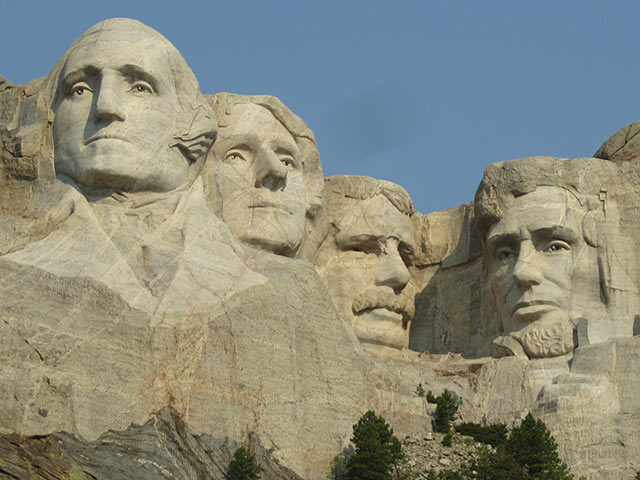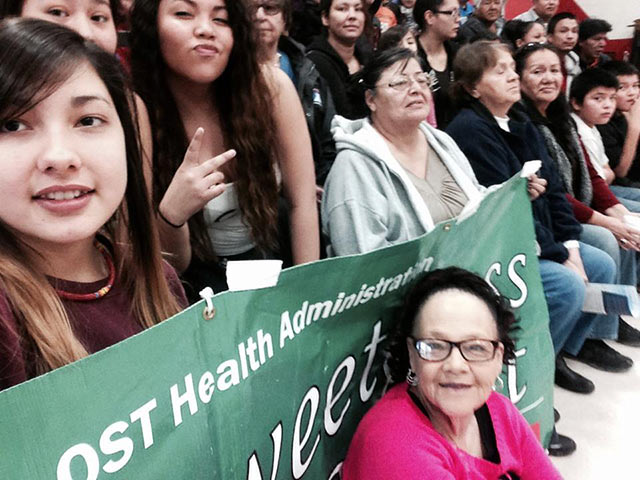Suicide as Genocide
Genocide has found a new disguise: that of adolescent suicide. According to the Indian Health Service, Natives who fall between 10 and 24 years of age have the highest rate of suicide of all racial groups. Despite this epidemic, we’re still failing to address it head on.
Talking about suicide is difficult. There’s a stigma attached to it. Those who’ve attempted suicide are often branded as attention seekers. Others view them as selfish, or insane. However, the explanation for why one attempts to take their own life is much more complicated, especially where Natives are concerned.
While a suicide attempt may, for example, manifest itself as a final solution to being bullied, or heartbreak over a broken relationship, the act itself is a culmination of events that took place over an extended period. The young person who commits suicide has been fighting to stay alive for a very long time, often suffering in silence.
Native youth, especially those living on a reservation, face a litany of serious issues that put them at risk for suicide, including a family history of it, substance abuse, depression, stressful life events (like domestic violence, abuse, neglect, or living in a crime-addled, impoverished community), a history of previous suicide attempts, incarceration, or exposure to the suicidal behavior of others. All of these factors are listed by the CDC as increasing the likelihood of suicidal behavior. Every one of these factors may also be a direct result of intergenerational trauma that our youth face just by virtue of them being Native and alive in 2013.
These grim, complex challenges would be daunting for an adult to overcome- yet we expect our youth to face them, and overall we don’t provide them with an adequate support system. It’s no wonder that many of our young people are stuck in survival mode.
Sometimes the fear of death is outweighed by the pain of existence. When I attempted suicide as an adolescent, my life was spinning out of control. I had given birth just days before. My husband and I had broken up. I was jobless and dead broke. All my troubles were exaggerated by a recurring memory I had of being sexually assaulted several years earlier. I had never received counseling for it, and I blamed myself. I didn’t know that I was suffering from PTSD (Post Traumatic Stress Disorder). I wasn’t equipped to deal with postpartum depression either. I had never even heard of either medical condition before I was diagnosed and treated for them, after my hospitalization.
When I attempted, I didn’t want to die. Hopeless, and alone, all I prayed for was an end to my misery. The seconds leading up to my attempt lasted an eternity. There was no sound- only the hollow thump of my heart behind its ribcage. I didn’t fully realize what I’d done until I woke up in the ambulance. A tribal cop’s voice shook as he held me and begged me not to close my eyes.
“Not again,” he cried.
Suicide is not romantic, and exacts no revenge. It’s an ugly, blunt stick. Just ask anyone who’s experienced the horror of finding the mangled body of a loved one who’s taken their own life. Did you know that when someone hangs themselves, their bowels evacuate? Having a large hollow tube rammed down your throat while a roomful of strangers watch you gag and vomit out of your nose is anything but glamorous. Others survive, but only as brain dead vegetables, or are disfigured for life. I was spared, in spite of myself.
Had I been successful, I never would have experienced the joy of raising my children, or being the first member of my family to graduate from college. I never would have become a science professor, or a Tribal Judge, or a published writer. Every single person I’ve been able to help since that day is a testimony to how thankful I am to the Creator to have survived my own demise.
Life has many peaks and valleys, and there are still thorns among the roses, but that fateful night’s seemingly unbearable pain was but a shadow compared to the sunrise I witnessed that next morning, hooked up to machines, scared for the life I suddenly held dear. After all these years, even if I had accomplished nothing at all, one more burst of laughter among friends—just one more spring rain—has made the entire journey worth it.
As Natives we can no longer afford to remain silent about the suicide epidemic befalling Indian country. While we rush to and fro, absorbed in our smartphones and lost in our own problems, it is preying on our children. We cannot continue to allow our youth to fall through the cracks of a broken healthcare system that fails to adequately detect mental health problems and treat them. Money and federal policy aren’t the final answer though. After all, time spent with a young person costs nothing, and that’s what they need most.
Suicide, at its core- is a crisis of spirit. Our sacred hoop needs mending. Youth instilled with the knowledge of what it means to be Native, and just how important they are to the future of our people, will not take their own lives. We must end this cultural hemorrhage, and live our values system. Losing just one more young life is too heavy a price.
Ruth Hopkins (Sisseton-Wahpeton and Mdewakanton Dakota, Hunkpapa Lakota) is a writer, blogger, ethnoscientist, Tribal Judge for the Sisseton Wahpeton Oyate, and the Tribal Colleges Liaison Manager for the University of North Dakota (UND) and North Dakota State University (NDSU) via North Dakota EPSCoR (Experimental Program to Stimulate Competitive Research). Her first horror novella will be released in 2013.








Follow Us!